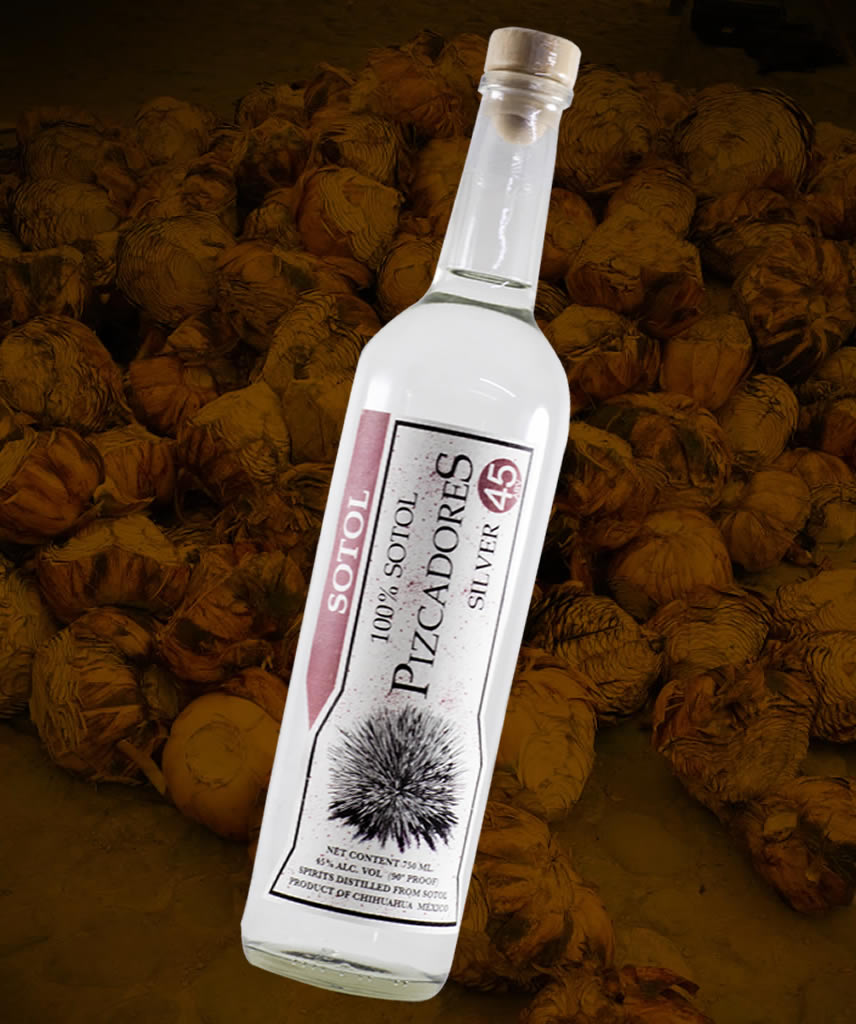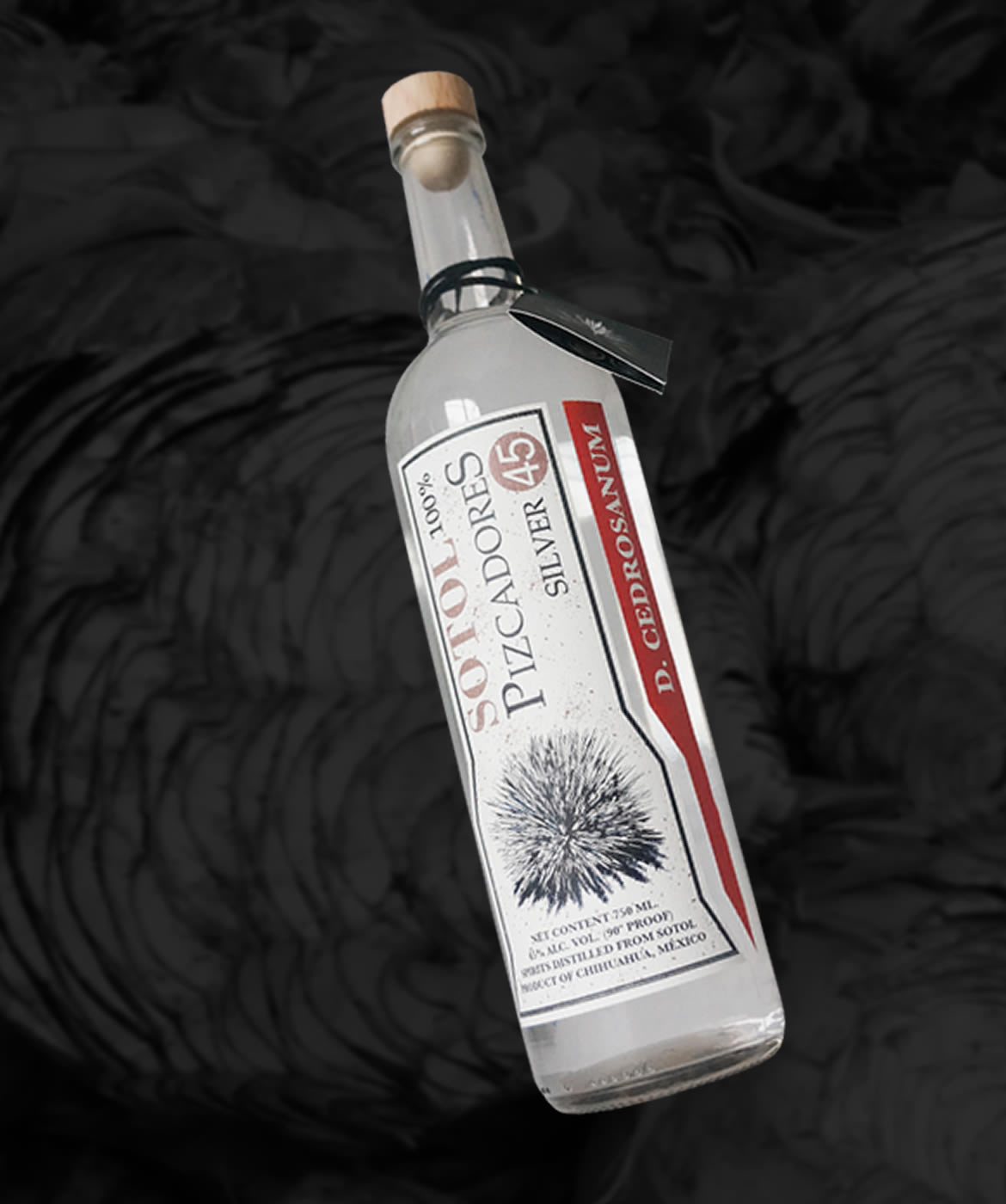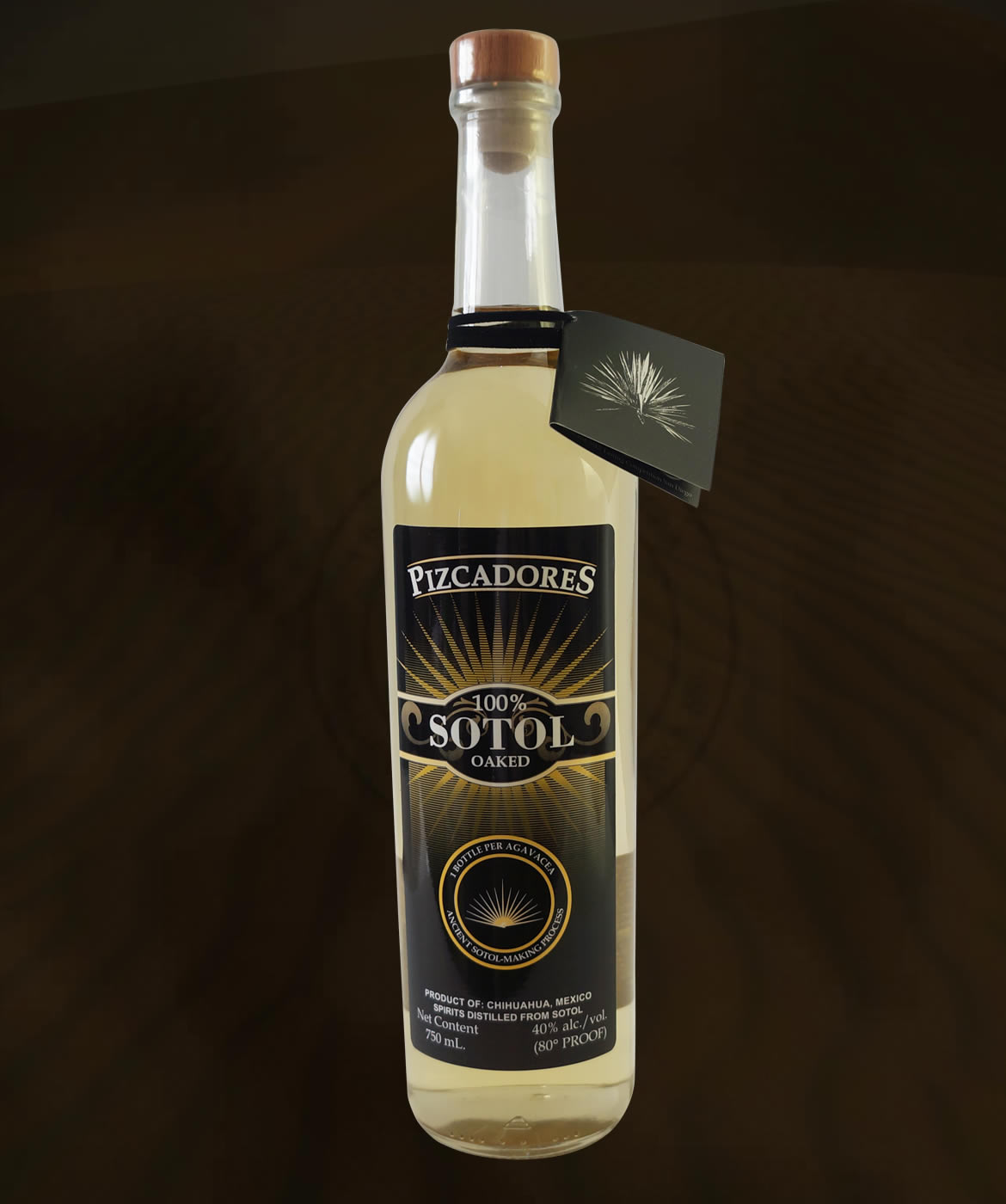La Historia de el
Sotol
More than 800 years ago, the native tribes of northern Mexico realized that sotol heads cooked and mixed with water fermented, producing a beer-type alcoholic beverage, which was introduced as part of their culture and used in ceremonies and festivities. However, it was not until the 16th century that a high alcoholic drink began to be obtained, since the Spanish colonizers introduced distillation to obtain the spirit of the plant.
Since the installation of the first distillery or “vinata” and until the end of the 20th century, the production of Sotol where clandestine, because the Mexican government persecuted those who made it. With the appearance of the Sotol origin designation in 2002, the development of vinatas in the states of Chihuahua, Coahuila and Durango was promoted.
- Kingdom
- Plantae
- Division
- Tracheophytes
- Class
- Angiosperms
- Subclass
- Monocots
- Order
- Asparagales
- Family
- Asparagaceae
- Sub family
- Nolinoideae
- Genus
- Dasylirion
- Species
- All
Ancient Sotol making
PROCESS
Pizca
The cut, harvesting or pizca of the plant is carried out manually with ax. The leaves are left in the field as fertilizer and the heads are collected.
Cooking
The firing of the heads is carried out by 48 to 72 hours in a stone oven embedded in volcanic rock, which is below ground level.
Grinding
The milling is carried out in order to reduce the size of the sotol heads, and facilitate the extraction of the fermentation sugars. It is performed again manually with ax, obtaining a separation of the fibers which form the sotol head.
Fermentation
The fermentation process takes between 12 and 15 days, which is carried out by endogenous yeasts of the plant (native yeasts) at room temperature.
Distillation
It is made in copper still in 2 stages, allowing to obtain a pure distillate of excellent quality. The first one is a fast distillation where a solids-free liquor is obtained, while the second one is a smooth and controlled distillation in which the Sotol is obtained.
Bottling
The bottling is done manually as well as the labeling.
Origin denomination
Sotol

The origin designation of Sotol was granted in 2002 to the states of Chihuahua, Coahuila and Durango, thus protecting the tradition of this exquisite distillate.
sotol
SILVER 45
Sotol Pizcadores Silver 45 Is a strong and full-bodied Sotol, product of careful selection of wild plants over 15 years.
- Appearance: Bright color with silver hues.
- Aroma: Strong to green and cooked agave. Smoky with notes of citrus fruits, fresh floral and herbal essences plus a touch of cinnamon.
- Taste: Strong, spicy and mineral. Agave cooked with strong notes of smoke and citrus fruits.


Sotol
Var. Cedrosanum
- Aroma: Complex. Soft notes of alcohol, smoke, dried red fruits, citric and chilly.
- Taste: Soft and citric. Slight spicy.
- Finish: Humid and strong.
sotol
Var. Leiophyllum
- Aroma: Fresh and alcoholic, with mature red fruits and grass notes.
- Taste: High alcoholic sensation. Mineralized. Fresh and cocked sotol plant.
- Finish: Strong, humid and muddy.


sotol
Var. Texanum
- Aroma: Strong alcoholic and Mesquite wood, with slight herbal notes.
- Taste: Full bodied. Fresh, smoky and muddy.
- Finish: Strong and humid taste.
sotol
Var. Wheeleri
- Aroma: Soft. Slight citrus and mineral.
- Taste: Completely balanced. Warm and humid.
- Finish: Soft and humid.


sotol
OAKED
- Appearance: Crystalline light amber color
- Aroma: Fruity aroma with soft notes of oak and citrus.
- Taste: Woody spicy notes with hints of cooked agave. End notes to spices and herbs. It has a velvety texture.
sotol
RESERVE
- Appearance: Strong bright coppery color.
- Aroma: Strong notes of cooked agave and oak, with soft fruity notes
- Taste: Spicy and strong oak with hints of agave flavor with end notes of caramel and spices. It is rounded and complete.








